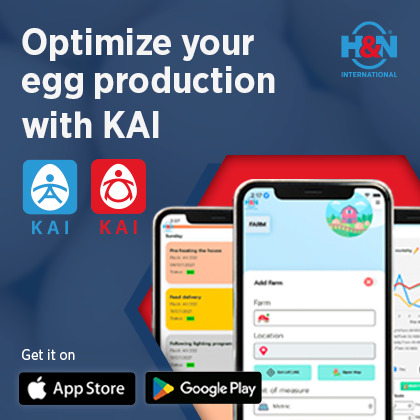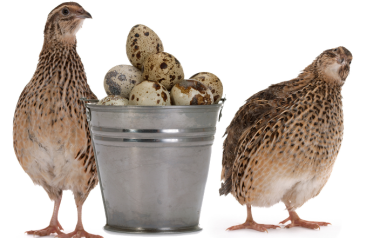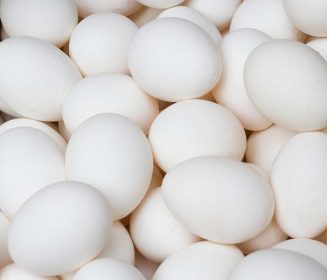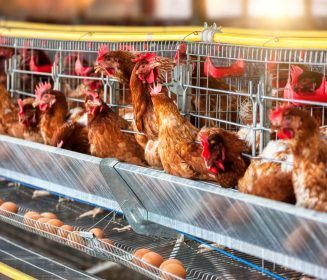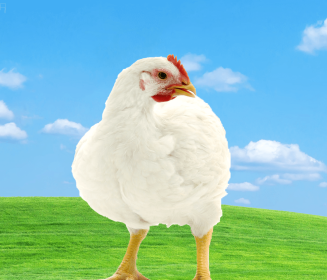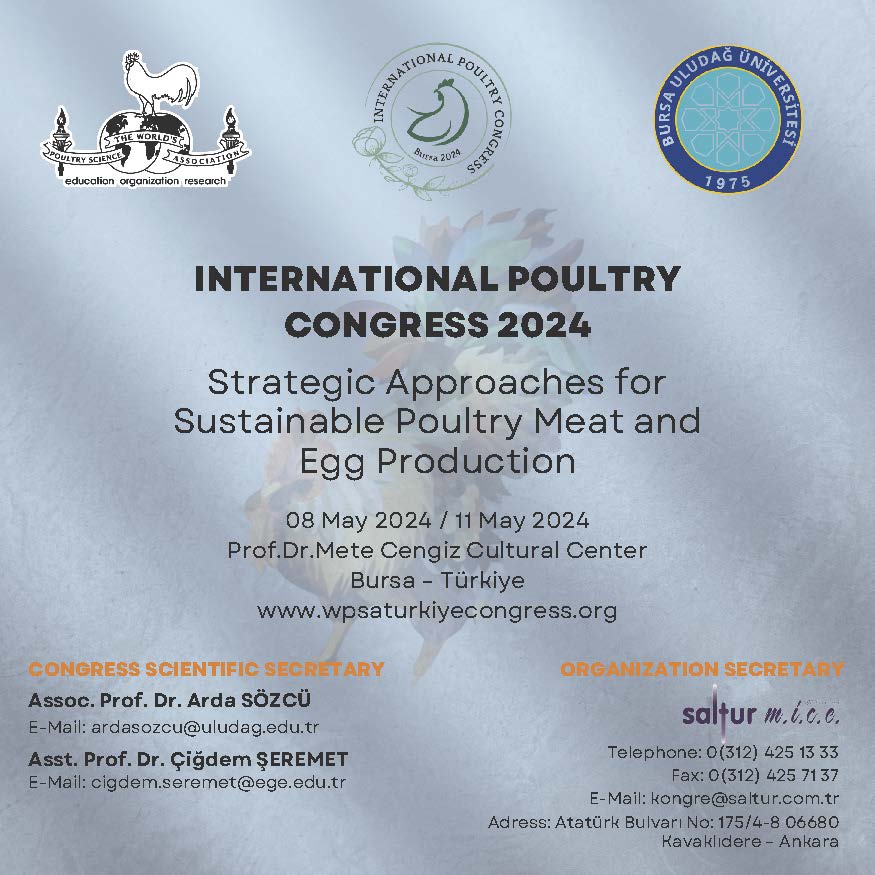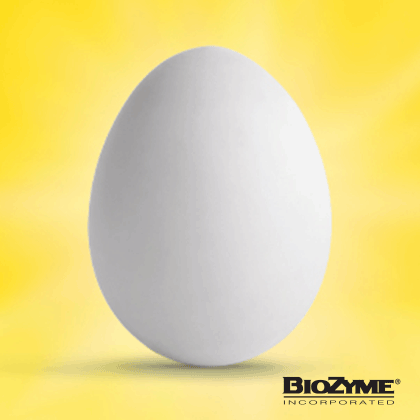"In particular, Pekin ducks are well known as the main meat-type duck, and they have been genetically enhanced to obtain a higher meat yield and a lower rate of carcass fat deposition during 6 wk to reach 3.2 kg. In contrast, the unimproved type requires 11 wk to reach only 1.7 kg."
An overview of the nutritional requirements for Ducks
The duck production systems, either for meat or eggs, are increasing annually thanks to the selection programs that allow to improve the economic traits of the ducks and, consequently, meet the consumers' needs.
The duck production systems, either for meat or eggs, are increasing annually thanks to the selection programs that allow to improve the economic traits of the ducks and, consequently, meet the consumers' needs. As it is known in all animal productions, fulfillment of nutritional requirements is critical to reaching the productivity and efficiency of the animals. Therefore, when there is a nutritional imbalance, we can observe many deficiencies in animal health, welfare, performance, and an increase in feed costs.
Nutritional requirements for meat-type or egg-type duck have been established based on old data. However, here is a summary of a recent review paper in which the authors used more up-to-date information about those requirements:
PROTEIN AND ENERGY:
These are the most important nutrients to be taken into account during formulation since they are "the most expensive" dietary components and greatly impact performance because of the effects on muscle deposition, growth rates, and others.
A study on Pekin ducks demonstrated that ducks fed with an energy content of 2,600 to 3,100 kcal of AME/kg from 2 to 6 wk of age resulted in positive effects on performance but had negative effects on carcass quality. A recommendation is to formulate diets with 3,000 kcal of AME/kg if the crude protein inclusion is 18%.
In laying ducks, 2,700 kcal of AME/kg with 16.5% of crude protein during 18 to 37 weeks of age is suitable for enhancing egg production.
AMINO ACIDS:
TO CONTINUE READING REGISTER IT IS COMPLETELY FREE
Access to articles in PDF
Keep up to date with our newsletters
Receive the magazine for free in digital version
REGISTRATION
ACCESS
YOUR ACCOUNT
LOGIN
Lost your password?


